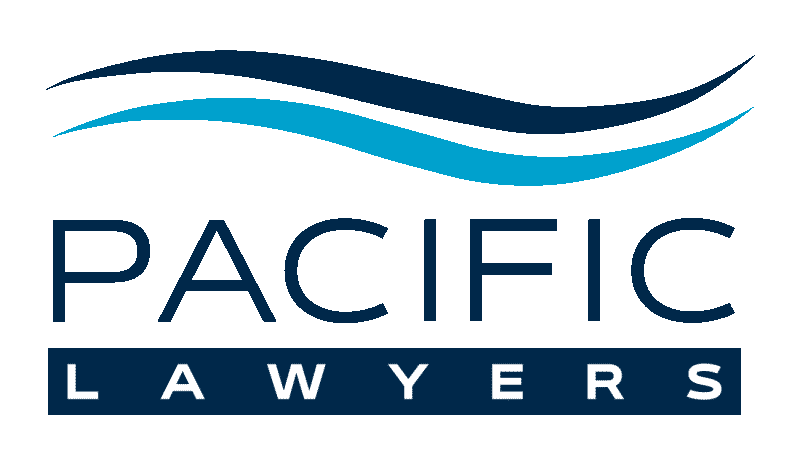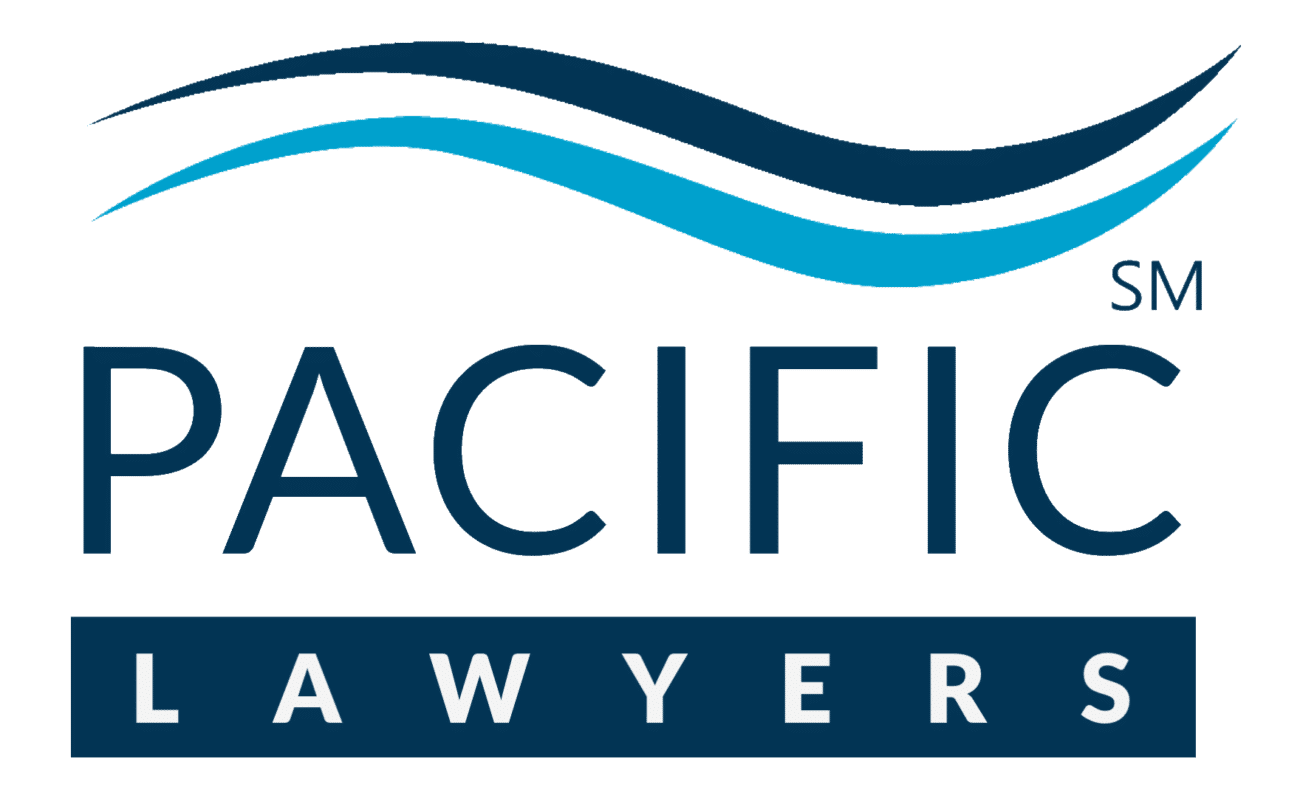EB-5 and Investment Visas
Practice Overview
Since implementation of the EB-5 Immigrant Investor Visa Program in 1990, lawful permanent residency in the United States may be obtained by satisfactorily documenting a Qualifying Investment into a Qualifying Enterprise. Ten thousand (10,000) EB-5 Immigrant Visas are available each year, with allocation according to investor nationality. After demonstrating program satisfaction over a period of two year conditional residency, applicants may obtain an indefinitely renewable “green card.” This immigration benefit is available to not only the investor, but also the investor’s spouse and unmarried children under the age of 21, and allows freedom of residency, travel, work and education anywhere in the U.S.
EB-5 project organizers capitalize on the program’s immigration value by receiving immediate cash and otherwise favorable financing terms during the investment period, but must plan the business to meet immigration law requirements and investor preferences. After three years, the investors will generally seek to withdraw the money or convert it into a passive, low-risk investment asset. Once acquired, the investor’s permanent residency remains, regardless of whether the business eventually terminates or investment is converted.
The costs associated with qualifying the enterprise are essentially planning costs: initially borne entirely by the organizers, but recouped soon after first investment comes in. The costs associated with qualifying the investments are borne entirely by the investors.

